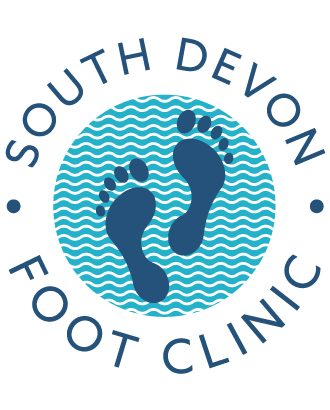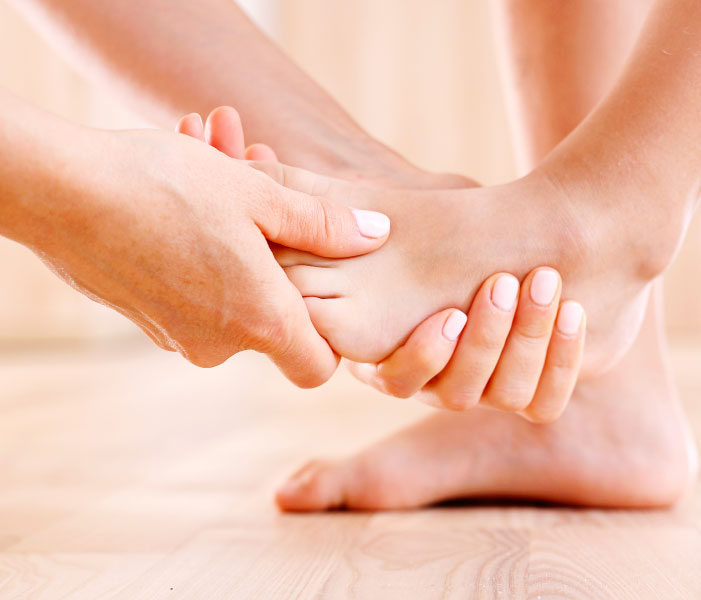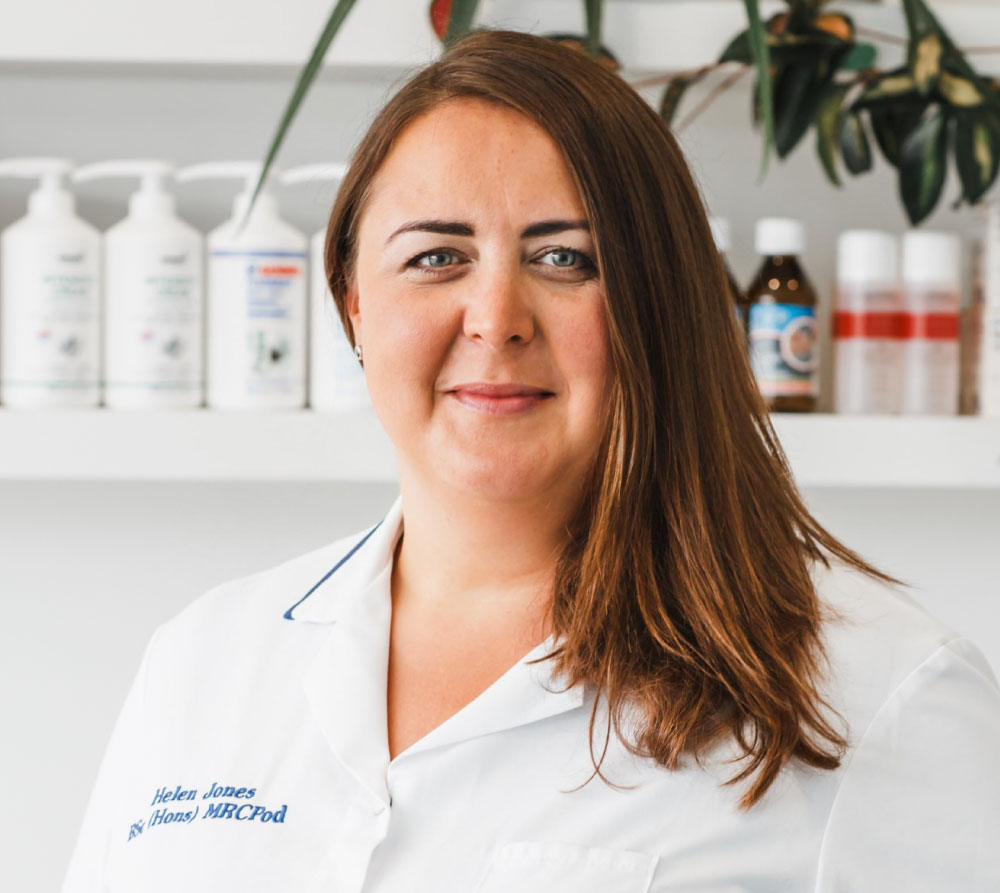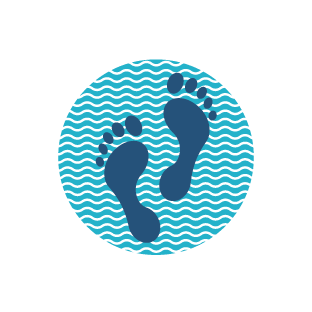What can I do if my child says their heels are hurting?
Children often experience pain and discomfort whilst they are developing. It’s hard to know what to do, when it’s pain in their feet, in particular their heels, you can be certain this is a very real pain which does require Podiatry intervention to limit changes to quality of life by managing pain levels, keeping them active and socially interacting.





